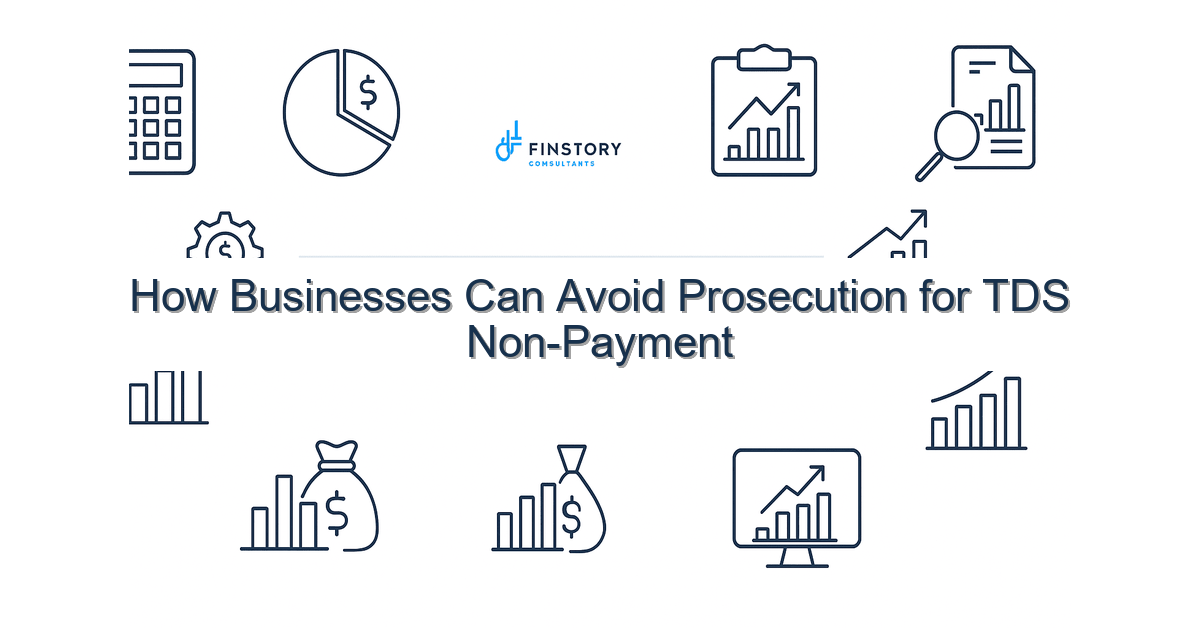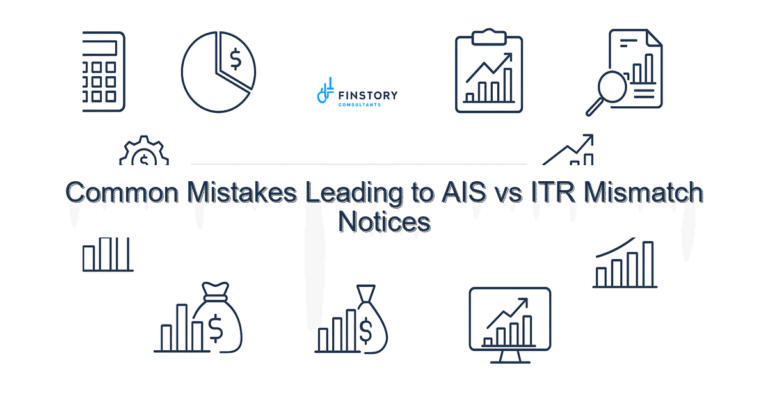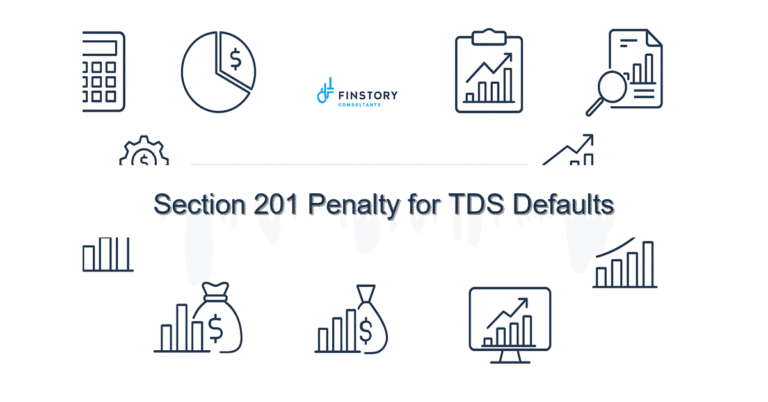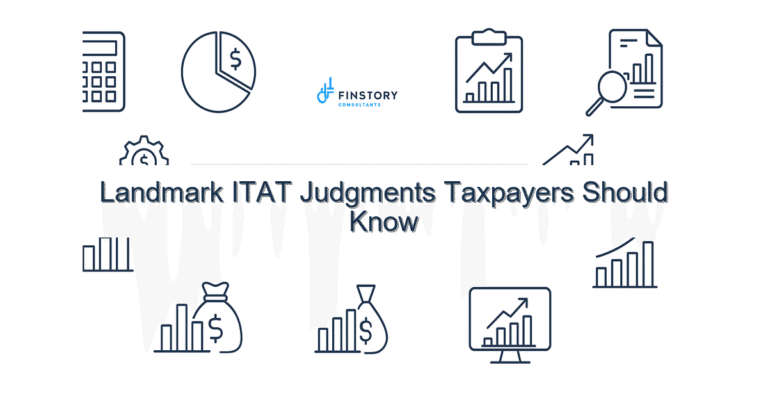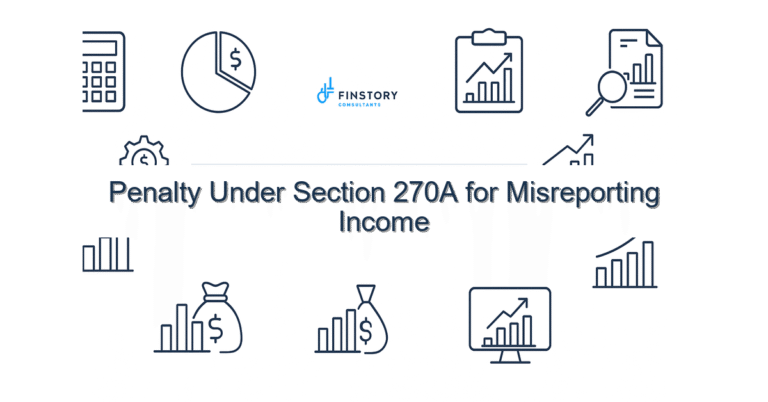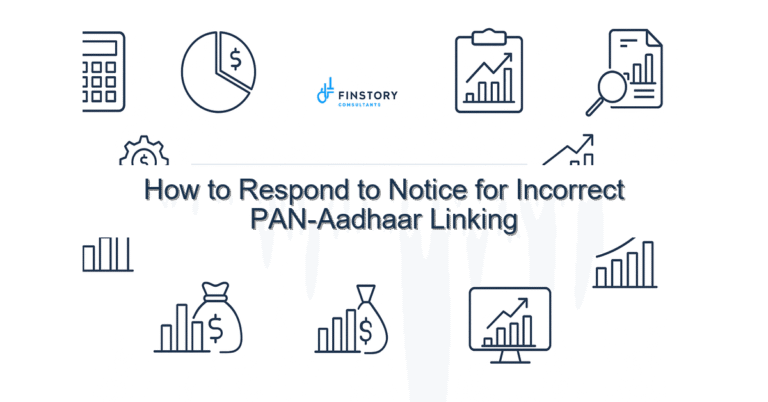How Businesses Can Avoid Prosecution for TDS Non-Payment
Missing TDS payments or returns is one of those tax worries that keeps business owners up at night — especially when you hear the word “prosecution.” You’re not alone: many founders, professionals and MSMEs face complex rules and tight timelines that feel impossible to track.
Summary: Timely deduction, accurate deposit, reconciled AIS/26AS records and fast corrective action reduce the risk of prosecution under TDS rules; document everything and get expert help early to avoid escalation.
What’s the real problem in India?
Income tax processes in India mix technical rules (forms and codes) with strict timelines (CBDT circulars and due dates). For businesses, the risk isn’t just fines — it can include prosecution under criminal provisions when the failure to deduct or deposit TDS is shown to be willful. The administration tracks TDS/TCS closely via the e-filing portal and AIS/26AS, and discrepancies show up fast.
- Symptom: Your AIS/26AS shows credits not matching your TDS returns or vendor statements.
- Symptom: You received a notice for non-payment of TDS despite having issued certificates or filed returns.
- Symptom: Multiple quarters of late deposits or missing Form 16/Form 16A issuance.
- Symptom: Cashflow pressure led to delaying TDS payments, and you didn’t document the reason.
What people get wrong
Many taxpayers assume TDS is just a bookkeeping issue. But it’s a deposit on behalf of the government — and the law treats failure seriously. Common mistakes:
- Assuming short delays won’t matter: repeated or unaddressed delays can be treated as willful conduct.
- Not reconciling AIS/26AS: you may think a vendor’s mismatch is their fault, but prosecution risk sits with the deductor.
- Failing to issue TDS certificates (Form 16A / Form 16) on time, which triggers follow-up and notices.
- Not documenting cashflow problems or remediation steps — absence of reasonable cause increases legal exposure.
A better approach
Think prevention, swift correction, and evidence. Here’s a simple framework that many Indian businesses can follow to avoid prosecution risk.
- Embed TDS compliance into monthly routines: deduct correctly, deposit on time, file the TDS return for the period.
- Reconcile AIS/26AS monthly with your payroll and vendor payments; investigate mismatches within 7–14 days.
- If you miss a deposit: pay immediately with interest, file corrective TDS returns, issue missing certificates and document why the delay occurred.
- When in doubt, obtain and preserve written professional advice (chartered accountant or tax counsel) demonstrating you acted in good faith.
Real-world example: A Bengaluru-based software services MSME missed two months of TDS deposits during a cash crunch. They immediately deposited the outstanding amount with interest, filed revised TDS returns for the quarter, issued delayed Form 16A to vendors and retained communications showing vendor payment disputes. The CBDT issued only a penalty demand (later reduced) — no prosecution — because the company corrected the defaults quickly and documented their steps.
Quick implementation checklist
- Identify all payees subject to TDS (salaries, contractors, professional fees, rent, etc.).
- Set calendar reminders for monthly/quarterly TDS deposits and quarterly returns (24Q/26Q/27Q as applicable).
- Reconcile bank statements and payroll records against AIS/26AS each month.
- Issue TDS certificates (Form 16/16A) by statutory timelines; track issuance status.
- If you miss a payment, compute interest immediately and deposit with the government before any notice arrives.
- File correction returns (if required) and retain proof of filing and payment challans.
- Keep a compliance folder: board minutes, cashflow notes, professional advice, and communications with vendors.
- Train your accounts team on TDS/TCS codes and the e-filing portal workflow.
- Schedule a quarterly tax review with your adviser to check ITR assumptions (e.g., ITR filing last date planning) and tax-out strategies like Section 80C limit utilisation or choosing between new vs old regime slabs where relevant.
What success looks like
- Fewer or no TDS discrepancy notices from CPC or jurisdictional AO.
- Lower penalty amounts and substantially reduced chances of prosecution — timely correction avoids criminal proceedings in most cases.
- Faster ITR processing and smoother refunds because AIS/26AS reconciles with your returns.
- Higher vendor satisfaction: timely certificates and clearer payments reduce disputes.
- Improved creditability with banks and investors as tax compliance records clean up.
Risks & how to manage them
Risk: Prosecution under Section 276B (willful failure to pay TDS) — manage by documenting reasonable cause and corrective action.
Risk: Repeated delays attracting higher penalties — manage by automating reminders, setting up escrow for statutory dues, and using restricted funds for tax deposits.
Risk: Mismatch in AIS/26AS caused by vendor non-cooperation — manage by maintaining supplier-wise TDS registers and seeking evidence of deduction and remittance.
Tools & data
Make these sources part of your compliance toolkit:
- AIS/26AS — reconcile tax credits and identify missing TDS entries monthly.
- Income tax India e-filing portal — file TDS returns, download challans and check status.
- TDS/TCS tracking tools and payroll software — automate deduction calculations and challan generation.
- Bank reconciliations and vendor statements — to cross-verify deductions and payments.
FAQs
Q: Can a business avoid prosecution if it delayed TDS due to cashflow issues?
A: Yes — if the business deposits the TDS with interest promptly, files correction returns, documents the cashflow problem and professional advice, authorities commonly treat it as non-willful. Prompt remediation is key.
Q: What are the immediate steps if I receive a notice for non-payment of TDS?
A: Reconcile the period, make the outstanding payment with interest, file corrective returns, issue missing certificates, and respond to the notice with proof of action and rationale. Consult a tax expert immediately.
Q: How does AIS/26AS affect my risk?
A: AIS/26AS shows tax credits on your PAN. Mismatches between your TDS returns and AIS/26AS trigger notices. Regular reconciliation reduces surprise notices and prosecution risk.
Q: Are there other tax planning points I should watch while fixing TDS issues?
A: Yes — ensure your ITR strategy (ITR filing last date, claiming deductions like Section 80C limit, capital gains indexation calculations where applicable, and choosing between new vs old regime slabs) aligns with corrected TDS figures.
Next steps
If you’re unsure whether a past default can escalate, act now: reconcile AIS/26AS, deposit any outstanding TDS with interest, file correction returns and preserve all evidence. Early, documented remediation reduces your legal exposure and often avoids prosecution.
For a tailored review or to prepare a remediation plan, contact Finstory. We help businesses reconcile TDS, prepare responses to notices, and build robust compliance processes.
Work with Finstory. Speak with an Expert for a personalised plan to reduce your tax outgo and stay compliant. Book a free 20-min consultation.
📞 Need help with Income Tax in India?
Book a 20-min consultation with our tax team. Individuals, founders & MSMEs welcome.
Prefer email or phone? Write to info@finstory.net
or call +91 44-45811170.
